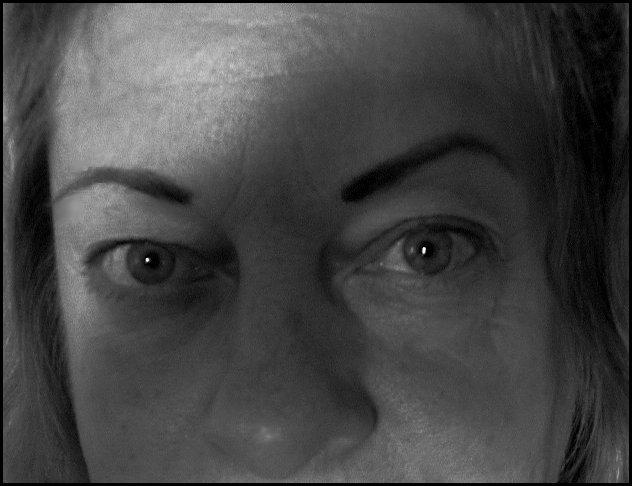some of the columbines in May
A very nice blue columbine in the newly renovated little rockery in the front garden. Unfortunately there will be no columbines in the rockeries. I generally let them self seed all over the garden. I am going to start controlling them a little better. Most of them are finished blooming and I am letting them form seeds to continue the show. I have the little gold rock wall more or less finished now. I have 4 saxifragias transplanted in the top level, a lewisia tucked into an upper corner of the second level. The second level will hold the bigger of my tufa rocks and more saxifragias. The top level will hold the smaller tufa rock and 2 or 3 more saxifragias. More of the progress in the June photos.
This one, I also removed. It is a nice clear blue, but it is in the space where I now have a pink and one of the gentians.
A very nice nearly white columbine. They look good backed by lots of dark green plants. Cedars perhaps.
a close up of the light blue one.
The light blue with one of my very best mauve ones. I don't seem to have a photo of the mauve in May.
This columbine is a dark purple, that is not showing up in these photos.
This pure white one is growing in the cut garden where I hope to keep it growing end self seeding every year.
I could not capture the perfection of the columbines. Must try on a less sun filled day.
This is a favourite. It grows by the sun dial circle by the California lilac. I must move some of the seed to the cutting garden. Hopefully it will come up there.
This area in the center garden room at the front has a nice color combination growing under the burgundy of the smoke bush. The geum, Mrs. Bradshaw, looks good with the golden blossoms of the silver sedum. The geum is slowly forming a clump, with a little more care and attention to feeding it compost and water. I have just dead headed it and will wait to see if it produces more bloom. This little bed is beginning to look pretty good. There is this part of it; and the unseen end of it has alliums in the spring and some sea thrift that need a bit more care. And then there is the new gentian next to the gorgeous campanula globorata, that is just out-doing itself with dark purple up-facing bells. The campanula is at the juncture of the stone path that goes more or less east and west, and the stepping stones that go up past the little rockery and the stepping stones that go down to the thyme circle; going north and south. The iberis in white and in bloom earlier, is across the stone path from the campanula. Both of them have their time as the plant of the month at this juncture of the inner garden paths.
This one, I also removed. It is a nice clear blue, but it is in the space where I now have a pink and one of the gentians.
A very nice nearly white columbine. They look good backed by lots of dark green plants. Cedars perhaps.
a close up of the light blue one.
The light blue with one of my very best mauve ones. I don't seem to have a photo of the mauve in May.
This columbine is a dark purple, that is not showing up in these photos.
This pure white one is growing in the cut garden where I hope to keep it growing end self seeding every year.
I could not capture the perfection of the columbines. Must try on a less sun filled day.
This is a favourite. It grows by the sun dial circle by the California lilac. I must move some of the seed to the cutting garden. Hopefully it will come up there.
This area in the center garden room at the front has a nice color combination growing under the burgundy of the smoke bush. The geum, Mrs. Bradshaw, looks good with the golden blossoms of the silver sedum. The geum is slowly forming a clump, with a little more care and attention to feeding it compost and water. I have just dead headed it and will wait to see if it produces more bloom. This little bed is beginning to look pretty good. There is this part of it; and the unseen end of it has alliums in the spring and some sea thrift that need a bit more care. And then there is the new gentian next to the gorgeous campanula globorata, that is just out-doing itself with dark purple up-facing bells. The campanula is at the juncture of the stone path that goes more or less east and west, and the stepping stones that go up past the little rockery and the stepping stones that go down to the thyme circle; going north and south. The iberis in white and in bloom earlier, is across the stone path from the campanula. Both of them have their time as the plant of the month at this juncture of the inner garden paths.


























































